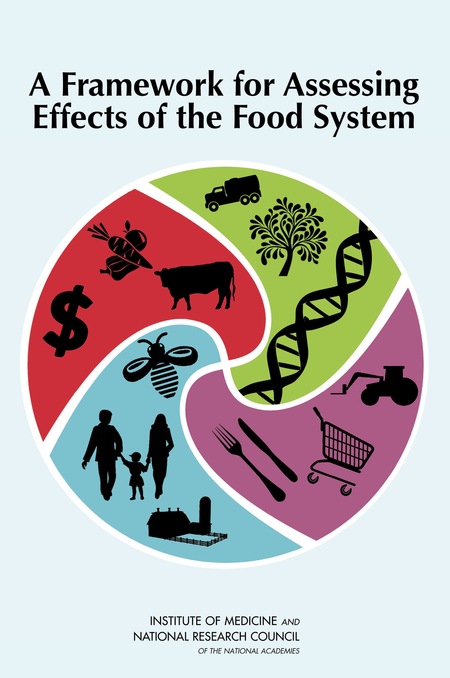Evaluating the Impacts of Food Systems
DOI:
https://doi.org/10.5304/jafscd.2016.062.005
Keywords:
Assessment, Food Systems, Impacts, Evaluation, Complex Adaptive SystemsAbstract
First paragraph:
Bringing order and clarity to the analysis and evaluation of food systems is an elusive goal, especially when multiple agencies are involved in the design and implementation of policy. Many actors in the system are involved, from input suppliers to farmers, from companies in processing to wholesale and retail sales, and to those concerned with nutrition and health. The mix of public and private organizations further complicates communication, and universities are little help with their "silo" organizational structure into specialized departments. A Framework for Assessing Effects of the Food System provides a comprehensive study of how we could assess our food system, plus some useful recommendations for improvement....Metrics

Downloads
Published
How to Cite
Issue
Section
Categories
License
Copyright (c) 2016 Charles Francis, Amy Swoboda

This work is licensed under a Creative Commons Attribution 4.0 International License.
The copyright to all content published in JAFSCD belongs to the author(s). It is licensed as CC BY 4.0. This license determines how you may reprint, copy, distribute, or otherwise share JAFSCD content.












